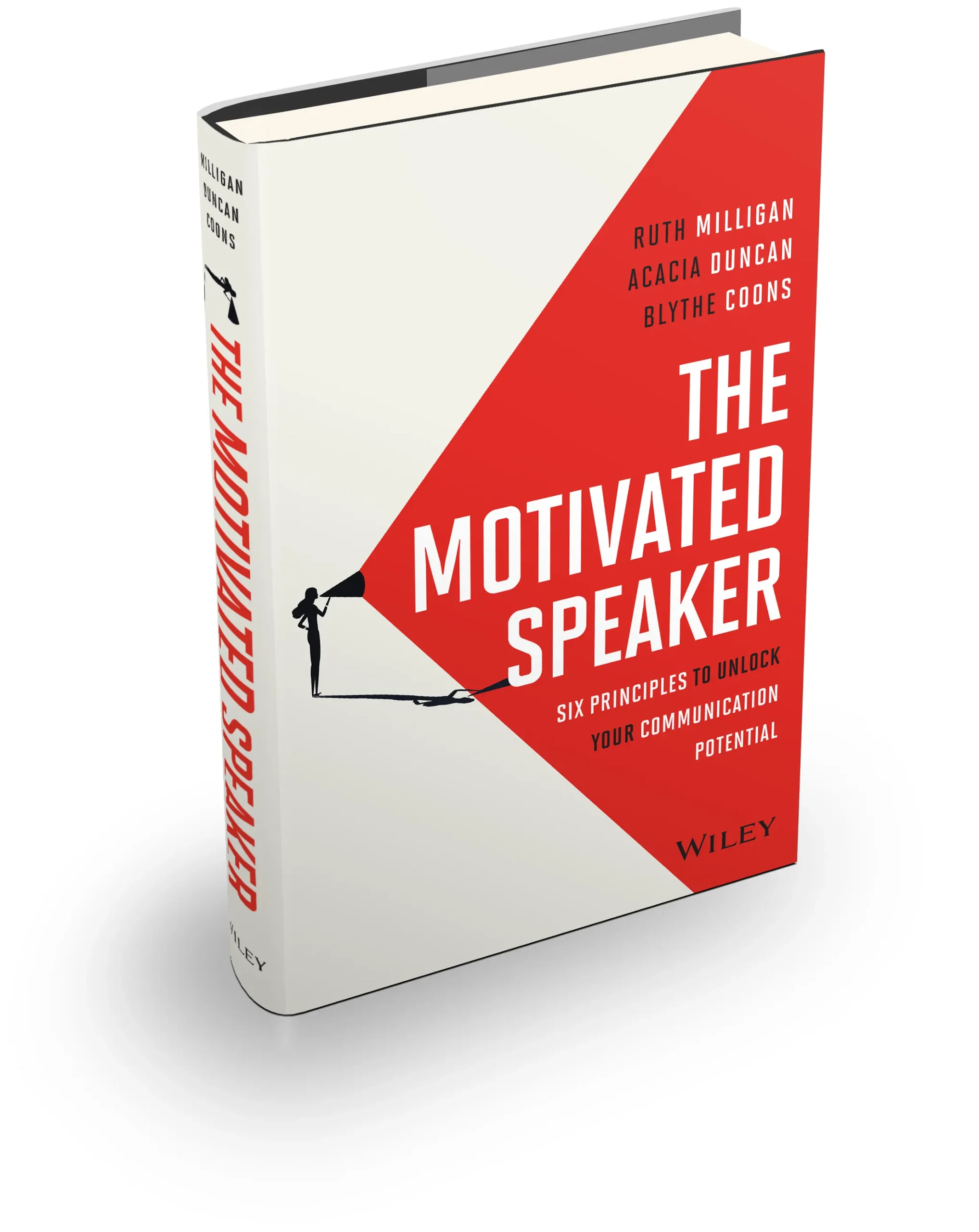
Last week we re-launched our Influential Storytelling class. Like all good motors, it needed a tune up, and just in time too. These 15 participants came together from 7 different organizations to get down to the business of “story.”
One of the attendees in his evaluation said:
“It is rare that one experiences something that could truly change the way they behave. I like to tell stories but often feel that I give way too much info in the beginning and never get to the point. The idea of “architecting” stories is powerful AND I plan to use it.”
The workshop weaves blending of learnings we’ve had over the years between our critical thinking class, our four years of experience with TED and TEDx, our every day coaching of a wide range of speakers and our own pen-to-paper discipline of helping to write a major keynote address at least once a month. If we have a headline show right now in our toolkit of learning, this would be it.
Who needs this class?
Last week, the day after our class, I visited with a CEO of a major financial services firm. She recounted a situation where one of her top financial analysts had been meeting with their executive team for 8 weeks to review some trending data about a big part of their financial situation (I wish I could tell you what part but clearly it was sensitive and confidential). For 8 weeks during these meetings, she said they smiled and nodded, then politely put the charts and graphs in their folders each week, pretending to understand. It wasn’t until week 9 when the analyst came to the meeting with the following metaphor: “Let me explain that this situation I’ve been trying to paint for you is like cutting off the oxygen to our respiratory system. We are literally running out of breath.” She said it wasn’t until he related it to something she understood – the critical nature of breathing – that she finally “got it.”
Albeit a few weeks late, that is a well told story. Both the CEO and the analyst would have been well served to understand the power that a simple metaphor can bring – and how and when to use them. They also would have been well served to be able to coach each other on other effective storytelling tools – bottomlining, changing a point of view and a clear, concise message to list a few.
If you are having a hard time getting your critical messages across and evoking the behavior you seek to change, may we suggest a little dose of storytelling may just go a long way.


